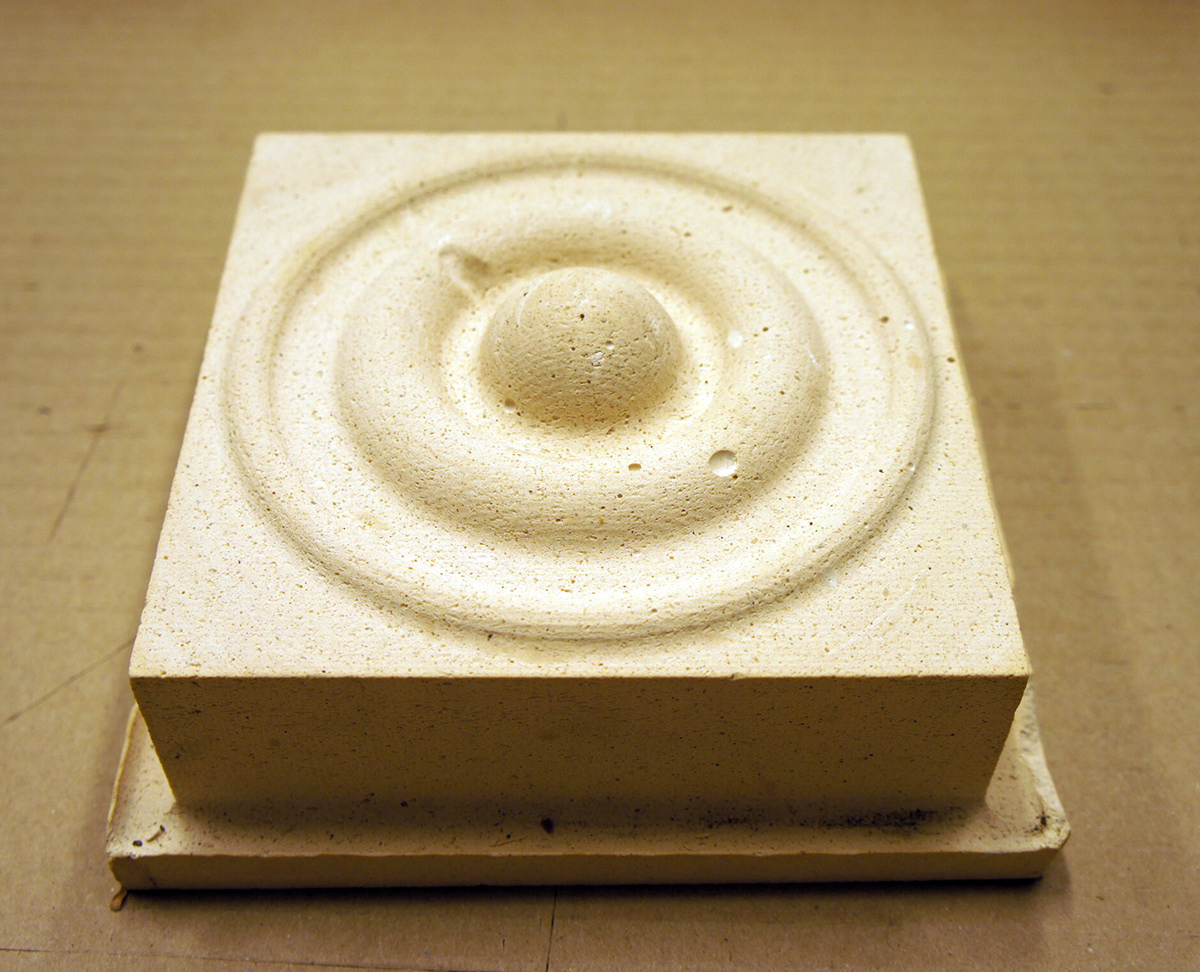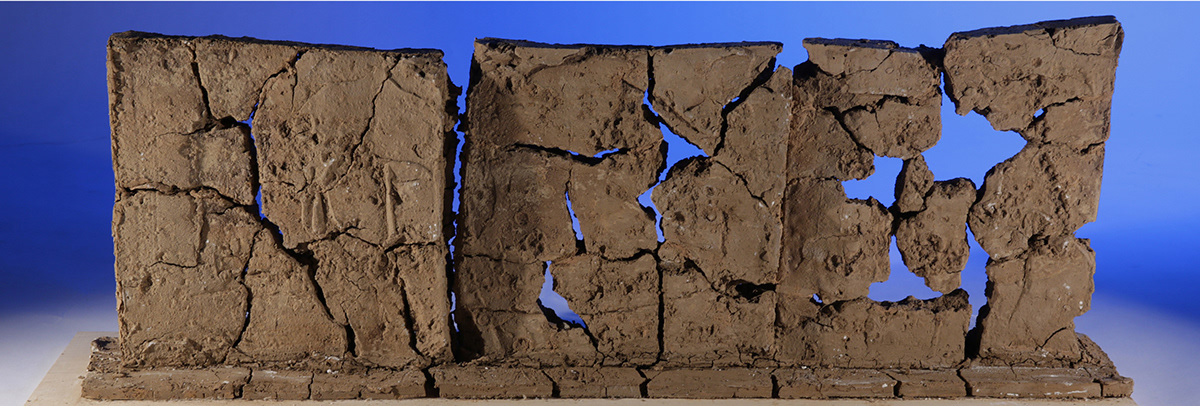Brief:
- choose 1 of 5 architectural materials;
- develop a way of achieving gradient from opaque to transparent;
- build a barrier 84 x 30.
I've started experimenting with clay looking for its unique qualities.

Tryed 3d-milling wet plaster as prototyping technique used by some ceramic studios. It works, but not for me, not this time.

Turned out any shape of a block can be achieved, but that requires either meticulous craftsmanship or industrial tools. In the end it might look like any other 3d material and only unique quality of clay I discovered so far was crack pattern. So I took cracks for my goal.

Forbidden method: using second material for the outcome.
Produce cracks and then avoid cracks - that is the challenge!
Silicone approach doesn't really work.

Amongst my referencies are Andy Goldsworthy, Kengo Kuma, Akiyama Yo.

After a set of experiments I've worked out my magic formula:
1. Build boxes 35x35 cm (wooden or metal) to pour wet clay.
2. Depending on thickness of layer, amount of water and temperature manipulate the size and number of cracks while drying.
3. Build a wall taking piece by piece ceramic rocks connecting them with wet clay mortar.
Size of cracks can also be manipulated while building. I like most the left and the middle parts, the right one is a bit too extreme.
In industry these blocks can than be properly fired and built like bricks using cement.




